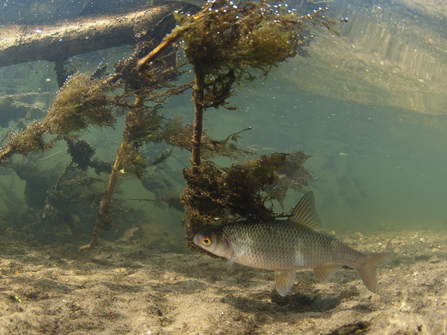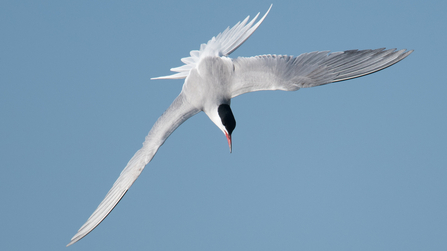Right until the middle of the twentieth century, accounts of the Norfolk Broads made frequent mention of two things. The first was the gin-clear water, which allowed sailors to see deep into the wetland world beneath. The second was the growth of water plants — including many rare species — which was so profuse that they had to be cut and raked to create channels for navigation.
In the great majority of the 63 Broads, neither of these phenomena remotely pertains today. Almost everywhere the water is green and the once-abundant water plants, deprived of light, have gone. So what has changed in the Norfolk Broads — in just a few decades — to damage their water and wetland life so radically?
On many fronts, the late twentieth century was a time of catastrophic decline for wildlife and wild habitat in the UK. Nowhere is this more true than in our wetlands and rivers which, deliberately and collaterally, were used to carry away effluent from our sewers, farms and industry. In the Broads, a combination of agricultural run-off and poorly-managed sewage led to hugely increased available nutrients in the water. This enabled floating algae to bloom, turning the water green and starving the Broads' rare pondweeds, stoneworts and water milfoils of the light they needed to survive. All of the invertebrate biodiversity associated with them massively declined in consequence. Since the 1970s this has been the status quo over most of the region.
Today, however, we stand at a tipping point for wetland wildlife in the Norfolk Broads and for once the news is good. Since the Broads turned green and their famous water plants dwindled almost to nothing, great progress has been made by agriculture and industry to control harmful run-off. Water in the Broads rivers is no longer burdened by so many nutrients. Just as excitingly, scientists now much better understand the chemical and biological processes which caused and have maintained the dramatic change in water quality in the Broads.


